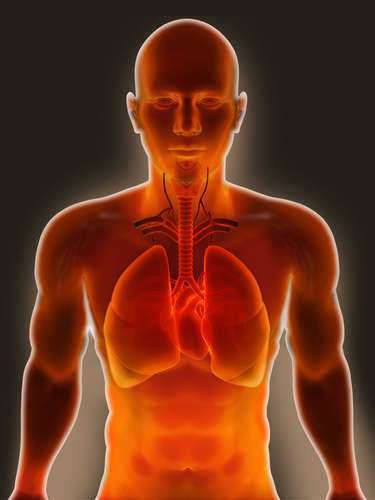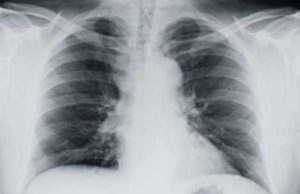
What is Pericardial Mesothelioma?
Pericardial mesothelioma is a rare form of mesothelioma in which tumors develop in the pericardium—a vital membrane of the human heart. The bulk of pericardial mesothelioma cases are thought to derive from perpetual exposure to asbestos.
How Does Pericardial Mesothelioma Develop?
Frequently, patients with pericardial mesothelioma have been exposed to asbestos as part of their work. However, because of the rarity of pericardial mesothelioma, medical professionals are somewhat confused regarding how the condition develops and progresses within the human body.
Asbestos was commonly used in the past as insulate and building material. Pericardial mesothelioma develops as a person inhales asbestos fibers. These fibers, which are shard-like in nature, stick to the lining of the lungs. The fibers become lodged in the mesothelium of the lungs, where tumors eventually develop.
Pericardial mesothelioma progresses when these fibers make their way into the bloodstream and heart, where they eventually stick to the pericardium. Following this stage, pericardial mesothelioma evolves to the point where malignant tumors begin to firm.
What are the Symptoms Associated with Pericardial Mesothelioma?
The majority of pericardial mesothelioma patients will not notice symptoms until the disease matures and evolves into its latter stages. During this stage, common symptoms of pericardial mesothelioma include: chest pains, hear murmurs, respiratory issues and general fatigue. To distinguish pericardial mesothelioma from other cancers or conditions and to ensure a precise diagnosis, medical professionals will often recommend an MRI—magnetic resonance imaging will show the extent of the condition and allow the medical professional to propose suitable treatment recommendations.
How is Pericardial Mesothelioma Treated?
Unfortunately, pericardial mesothelioma is exceedingly difficult to treat. This poor prognosis is partially due to the rarity of the condition and the fact that pericardial mesothelioma is often diagnosed at its later stages. Approximately half of its victims will die within the first year after receiving a pericardial mesothelioma diagnosis.
The bulk of pericardial mesothelioma treatments are designed to progress the patient’s quality of life. Treatments prescribed in the latter stages of pericardial mesothelioma aim at reducing the build-up of fluids in the pericardium.
If the disease is caught in the early stages it may be treated with radiation therapy and surgery. These methods; however, are very difficult to execute, for the patients vital organs (most notably their heart) cannot be exposed to extreme amounts of radiation. As previously mentioned, early detection is exceedingly difficult and because of this, treatment for pericardial mesothelioma is not well-developed.
Patient Rights and Mesothelioma:
Because asbestos exposure is the leading cause of pericardial mesothelioma, patients and their family members have the right to seek restitution for the costs associated with treatment and pain and suffering. This compensation package is typically easy to secure for those patients who worked in ship building or similar industries that widely used asbestos.





























